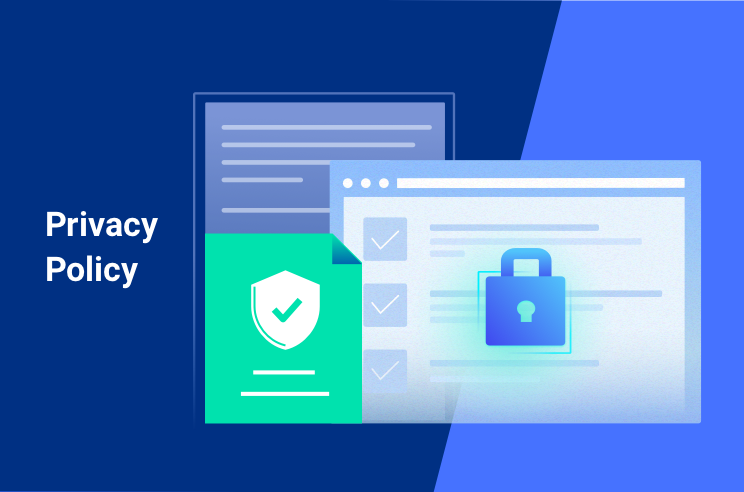KEEP IN TOUCH
Subscribe to our mailing list to get free tips on Data Protection and Cybersecurity updates weekly!







If you have a website or mobile app that collects personal data from its users, you will need a Privacy Statement, also known as a Privacy Policy. A Privacy Policy is often required by law in many countries.
Privacy statement for websites must accurately reflect the site’s data collection and use:
So what is a Privacy Policy and what are the legal requirements governing them? How do you go about writing a Privacy Policy? Let’s find out.
Also Read: Free Privacy Policy Compliance Review

1) Determine what types of information you collect from visitors to your website. Is the information personally identifiable? For example, does your site collect:
2) Why is this information collected? Is the data collection appropriate to the activity or transaction? If not, why do you collect it?
3) By what means is this information collected?
4) What will this information be used for and who will have access to it?
5) How will users be informed if your privacy policies change (including changes to how the information will be used)?
6) How can visitors with questions about your site’s privacy statement contact someone?
7) How is user information protected?
Your website needs a privacy policy. Having one promotes user trust in your site and keeps you on the right side of stringent privacy regulations like the PDPA and GDPR.
Also Read: The impact of GDPR and PDPA in Singapore
Save yourself the hefty fees of hiring an attorney for legal advice and document drafting, and contact Privacy Ninja for a FREE Privacy Policy review.
All we need is just your website privacy policy content and we will inform you if the current version is compliant to the Personal Data Protection Act (PDPA) requirements, and will send back a compliant draft to you within 48 hours totally free of charge.